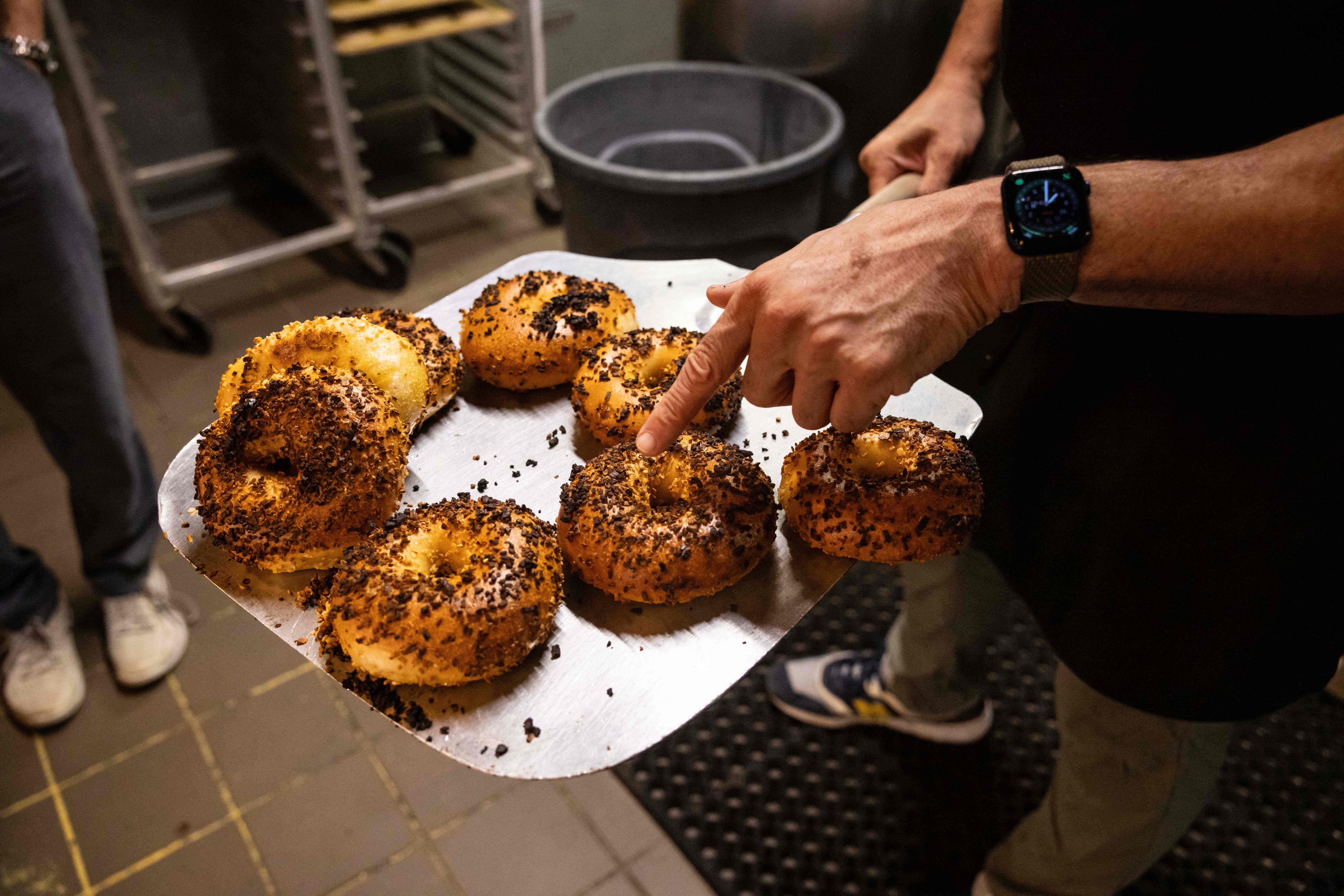On July 9, 1776, General George Washington sat astride his horse on the parade grounds near the present City Hall in New York City.
His troops, about 7,000 dressed in spic and span uniforms, bayonets fixed on heavy muskets, formed a hollow square around him. Then an officer read aloud the words of the Declaration of Independence.
It had taken five days for a copy of the Declaration to reach New York from Philadelphia, and Washington thought it was important that this document be read to his troops. As he announced that the independence of the American colonies had been declared by Congress, he said:
“The General hopes that this important event will serve as a fresh incentive to every officer and soldier to act with fidelity and courage, as knowing now the peace of his country depends, under God, solely on the success of our arms.”
The words resounded as the officer read the words of the document created in Philadelphia: “…that these United Colonies are, and of right ought to be Free and Independent States: that they are Absolved from all Allegiance to the British Crown…”
As historian Edward Ellis described it: “That evening, as bells clanged and men cheered, a mob spilled down Broadway to Bowling Green and pulled to earth the statue of King George III. Washington later reprimanded the soldiers who took part in this affair, but he was glad that the statue’s two tons of lead melted down into 42,088 bullets for his army.”
It seems appropriate that in this place in our time great heroes have paraded up Broadway to the acclaim of New York’s present citizens. No place in this nation is richer in history and memories of our nation’s beginnings.
Local
New York was the scene of early battles of the Revolutionary War. Washington led American troops in Brooklyn, Manhattan and many other places as he managed to keep his army virtually intact while engaging the British and ultimately defeating them.
After the Revolutionary War was won, in December, 1783, Washington said goodbye to his officers at Fraunces Tavern, at Pearl and Broad Streets. He said: “With a heart full of love and gratitude I now take my leave of you.”
Six years later, as church bells rang and guns were fired, George Washington took the oath of office as the first President of the United States. Crowds cheered as Washington appeared on a balcony and looked down Broad Street.
Then he took the oath of office from Chancellor Livingston who cried out, with tears in his eyes: “Long live George Washington, President of the United States!” Guns boomed, church bells rang and thousands of people cheered themselves hoarse.



